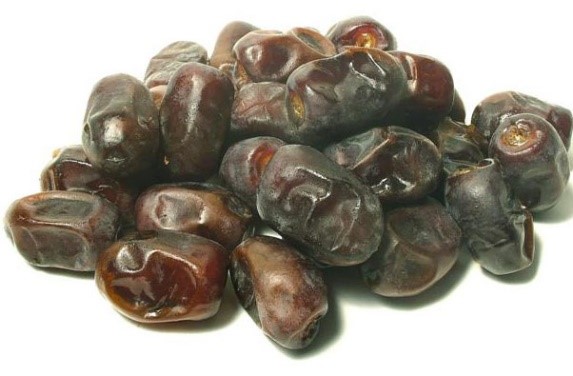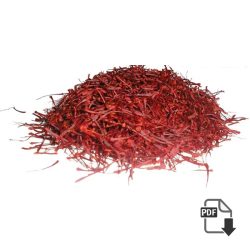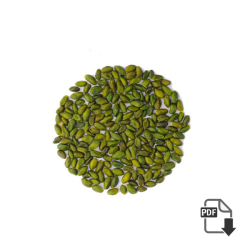Vegetables Category
Vegetables is a catch-all category that includes many of the edible parts of a plant, like stems, roots, flowers, and leaves. We don’t usually consider the fruits of a plant to be vegetables, except for fruits that aren’t very sweet. Tomatoes, squash, peppers, eggplants, and beans, for example, are all fruits, but we usually refer to them as vegetables.
Roots Roots: Root vegetables are rich in nutrients, low in fat and calories, inexpensive and usually available throughout the year. Beyond that, they have wildly varying characteristics. Radishes are pungent, carrots sweet, beets earthy. Others, like parsnips, turnips, and rutabagas, have more subtle flavors. Root vegetables will last awhile in your pantry, and even longer in your refrigerator.
Tubers Tubers, including potatoes and sweet potatoes & yams: Technically, tubers and corms are swollen underground plant stems, but it’s easier to think of them as the “family of potato-like vegetables.” They’re used worldwide as a source of carbohydrates, often taking a back seat to more flavorful and colorful ingredients.
Please for more information or any inquiry click here ……
—! Stalk Vegetables !—
Onions, including green onions & leeks and dry onions & shallots.
Garlic: Almost every cuisine on our planet has found an important role for garlic. Europeans mince it raw and add it to salad dressings, or sauté it and use it to flavor their sauces. Asian cooks add it to to their stir-fries; Indian cooks to their curries; Hispanic cooks to meats and vegetables. And Americans have lately taken a fancy to roasting whole bulbs, and then spreading the garlic like a soft cheese on bread or crackers. Garlic’s good for you, too. Researchers believe that garlic can bolster the immune system, lower blood pressure and prevent heart disease, and at least some people believe that it can ward off vampires and insects. The only downside is that raw or undercooked garlic tends to linger on the breath, though many people are more than willing to pay that price.

Ginger & Other Rhizomes: Rhizomes are knobby underground stems that have pungent and flavorful flesh. Ginger is the most familiar example, other rhizomes include turmeric, galangal, lesser galangal, and finger root.
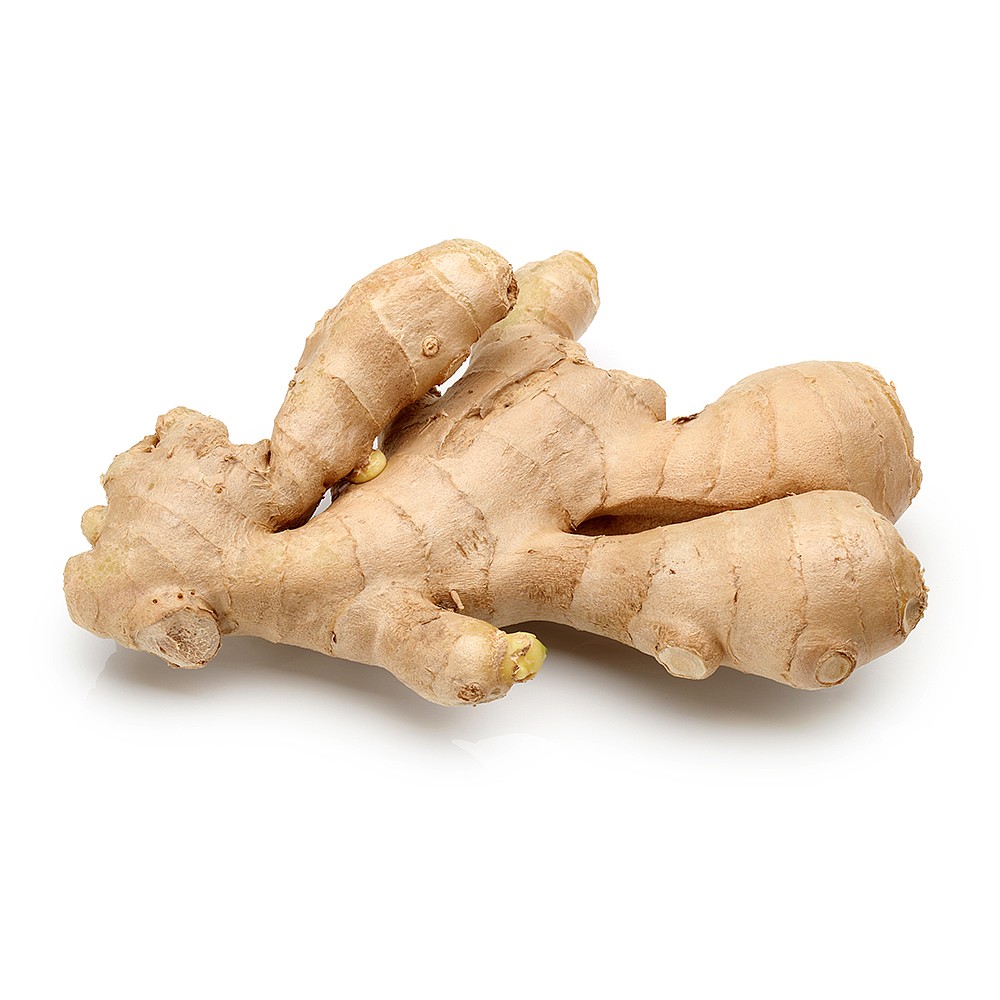
Cabbages: The many varieties of cabbage can be wildly dissimilar, but most have a short, broad stem and leaves or flowers that form a compact head. The most common cabbages are green and red cabbage, collards, kohlrabi, broccoli, Brussels sprouts, cauliflower, and kale. They’re loaded with vitamin C, fiber, and possibly cancer-fighting compounds to boot.
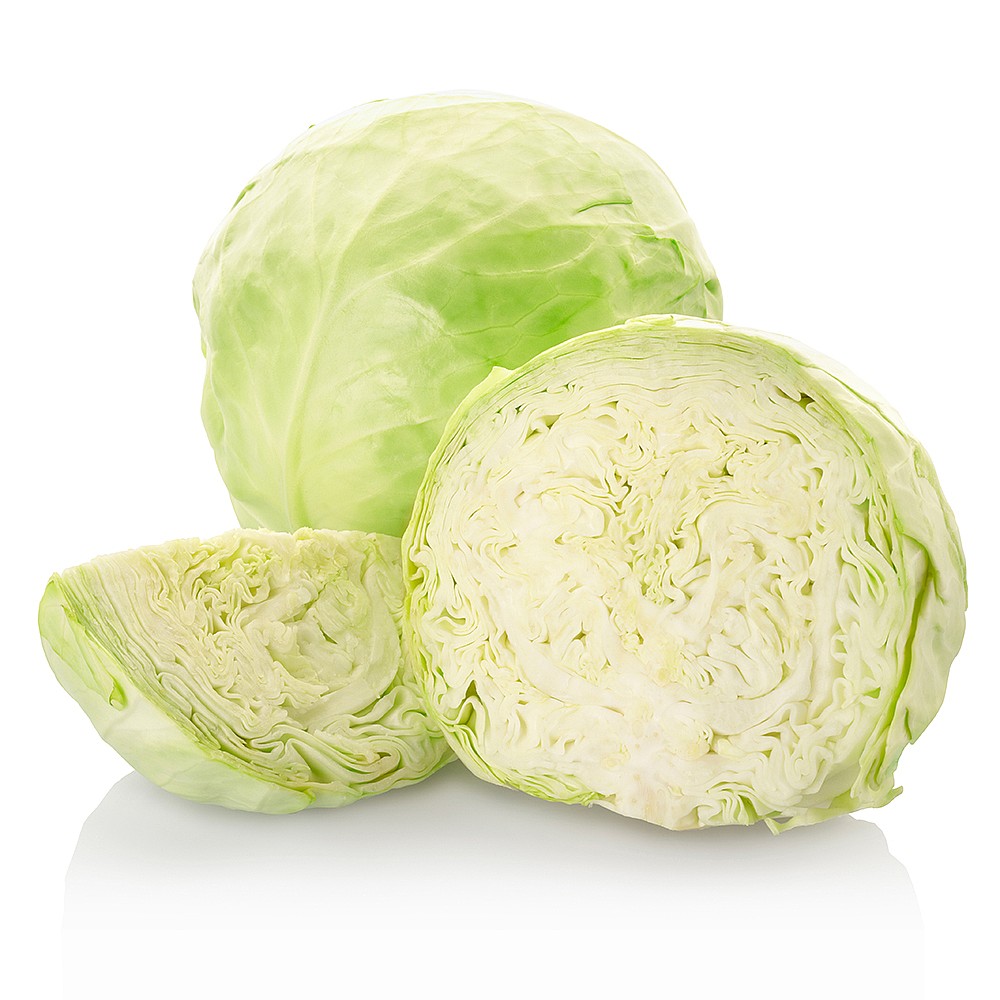
—! Salad Greens: !—
arugula : [uh-REW-guh-la] = arrugola = (in Britain) rocket (salad) = tira = Italian cress = Mediterranean rocket = rugola = rugula = roquette = rucola With its peppery and slightly bitter flavor, arugula is a terrific green to throw into an otherwise boring salad. It can be gently braised, too. Some supermarkets sell it in small bunches, but you’re more likely to find it combined with other greens in a spring salad mix .

—! Cooking Greens !—
beet greens Notes: Like their close relative, Swiss chard, beet greens have lots of flavor and a good, sturdy texture. The best ones are young and tender, and sometimes come with small beets attached. Substitutes: Swiss chard (a very close substitute) OR turnip greens OR spinach (cooks more quickly)
Inflorescent Vegetables, including broccoli, cauliflower, and artichokes.
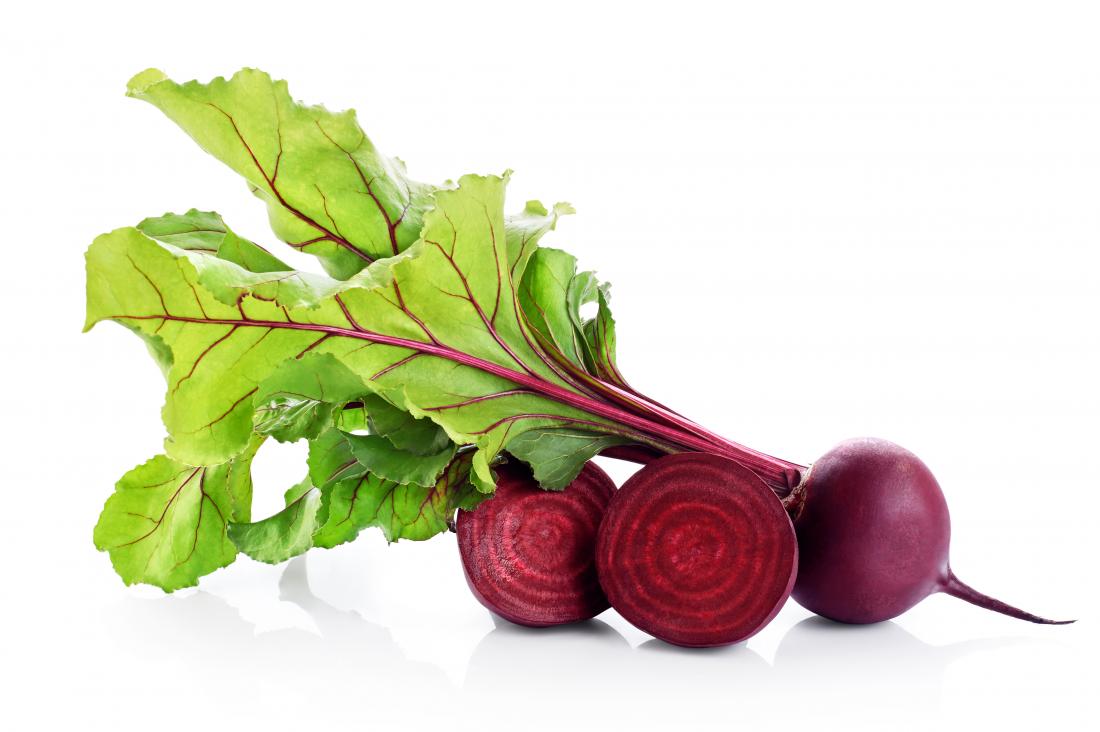
Snap Beans: With most beans, you eat only the seeds, usually after they’ve been dried. But you can eat snap beans pod and all. Until a century ago, the pods had tough strings that cooks had to pull off before cooking (hence the name “string beans”) but the snap beans you’ll find in markets today are almost all stringless.
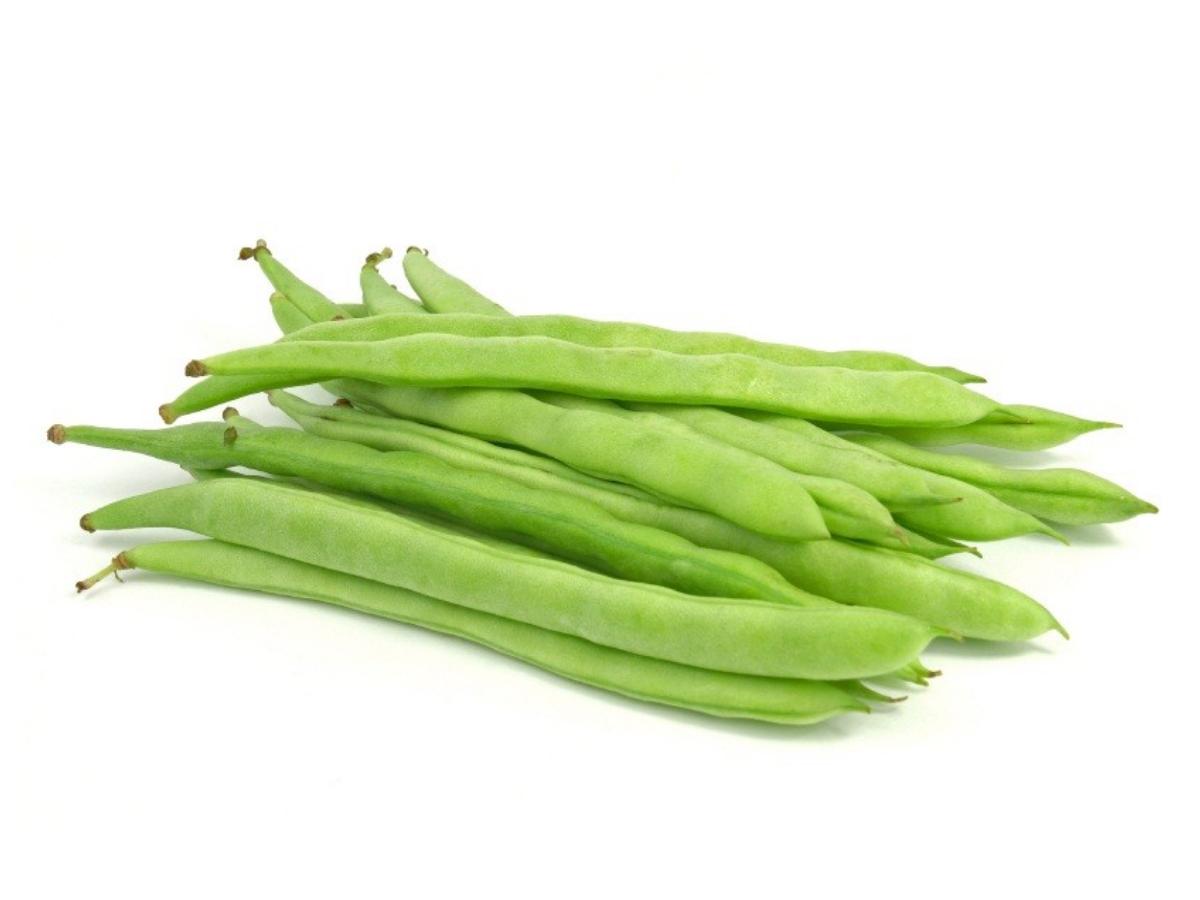
Edible Pods: okra = ochro = okro = bamia = bamie = bhindi = bindi = gumbo = gombo = ladies’ fingers = ladyfingers = quingombo = quiabo Notes: When cooked, okra exudes a slimy substance, which serves as a wonderful thickener in stews.
Fresh Peas: Fresh peas are sweeter and more tender than their dry counterparts. To shell one, just pull down the string and squeeze the pod at the seams, then scrape out the peas and discard the pods. As with corn, freshness is crucial since peas begin converting their sugar into starch as soon as they’re picked. The freshest pods are brightly colored and snap crisply when you bend them. Fresh peas don’t need to be soaked and they cook fairly quickly.
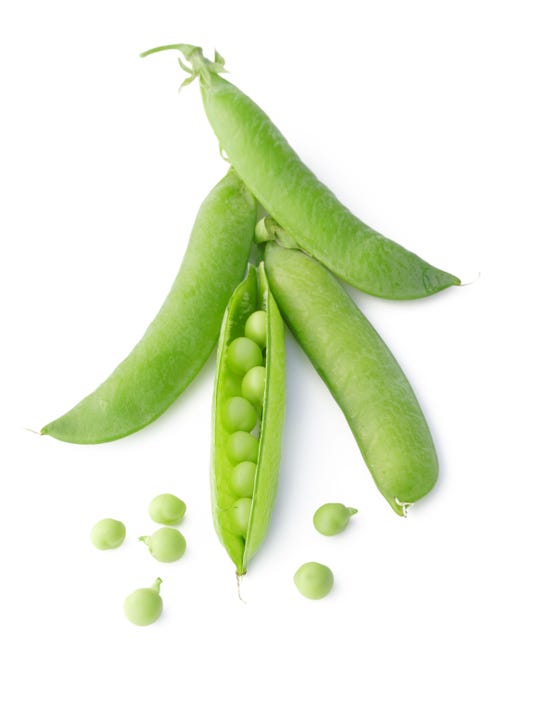
Fresh Beans: Fresh beans appear in the summer and fall, and they’re sweeter and more tender than dry beans. They’re also easier to prepare, since you don’t need to soak them or cook them very long.
Mushrooms: Markets stock a variety of cultivated mushrooms, but many people prefer wild mushrooms, which are often more flavorful. Be careful when picking wild mushrooms–some species are poisonous–and always cook them thoroughly, both to release their flavors and to convert their proteins into a more usable form. To prepare fresh mushrooms, first trim off the bottoms of the stems, then wipe them off. Don’t rinse them or soak them, for they’ll absorb water and turn mushy when you cook them. Dried mushrooms are often excellent substitutes for fresh, though some species don’t dry well. You can reconstitute dried mushrooms by soaking or simmering them. Don’t throw out the soaking liquid–it can add more flavor to your sauce than the mushrooms themselves. You can also pulverize dried mushrooms with a food processor or blender, then use the mushroom powder to flavor sauces and stews.
Fruit Vegetables, including tomatoes, eggplants, winter squash, summer squash, Asian squash, cucumbers, sweet peppers, fresh , dried chiles, olives, avocados, and tomatillos.
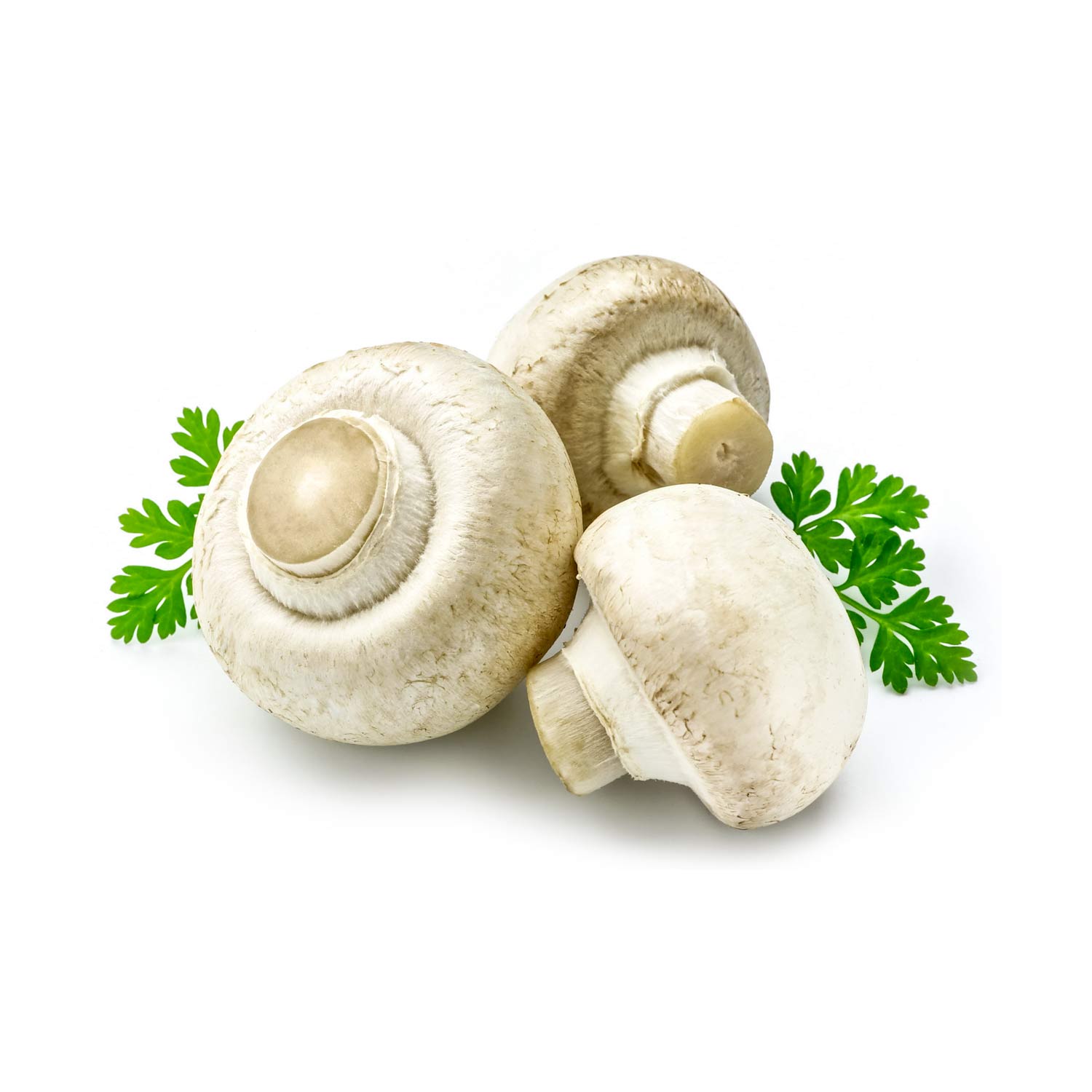
Sea Vegetables:
Most of us unknowingly eat processed sea vegetables every day. Manufacturers use them as thickeners and stabilizers in such products as ice cream, instant pudding, whipped toppings, salad dressings, and even toothpaste. But unprocessed sea vegetables haven’t caught on much outside of Asia. It’s a shame, since they’re dense with vitamins, minerals, and protein, yet low in calories. You can usually find plastic bags of dehydrated sea vegetables in health food stores, or in the Asian foods section of larger supermarkets. After dehydrating, chop them up and add them to salads, soups, stews, or stir-fries.
Sprouts:
Sprouts spring from newly germinated peas and beans. They won’t add much in the way of nutrients–or calories–to your diet, but they’re tasty and inexpensive. There are many varieties, ranging from mild and crunchy mung bean sprouts to spicy and delicate radish sprouts. Raw sprouts are great in salads and sandwiches, and the sturdier varieties can also be stir-fried briefly.
Please for more information or any inquiry click here ……
Other Vegetables:
nopale = prickly pear cactus pad = prickly pear cactus leaf = prickly pear cactus paddle = nopal Notes: The canned version is acceptable substitute for fresh, but it has an inferior texture. Substitutes: okra OR green beans OR green peppers
https://www.irandriedfruit.com/grains-category/
other products
-
Whole dried apricot Special wholesale price + analysis + sale offer
This variety is very sweet with an orange color. Sulfur is added to whole dried apricots in order to maintain the natural color, prevent bug infestation, and increase preservation.
-
Dried lime Powder
Dried Lime: Producer area: Fars, Hormozgan How to store: Fresh dried lime is in mustard color and sour taste. Dried lime in big size and darker color is the one with high quality. It can be stored in dry place…
-
Dried Prune
Since time immemorial, dried plume has been reputed for its anti-conception properties. However its benefits have gone beyond this. Wishing to lose some weight, we highly recommend you to put dried plume to your diet, either in your food or…
-
Sargol Saffron | most economical saffron for import
Sargol Saffron | most economical saffron for import : sargol saffron consists only of Dark Red Stigma (thread) Tips. So. in other words all the white and orange parts are removed. This saffron is the second most expensive type of…

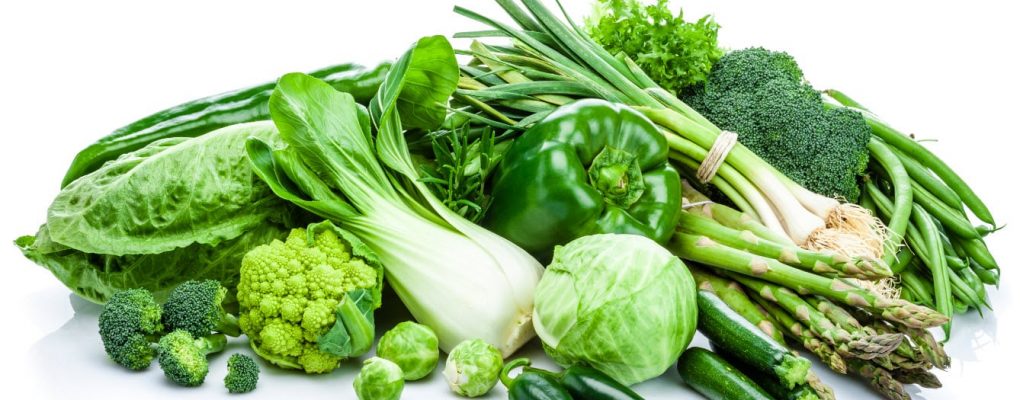
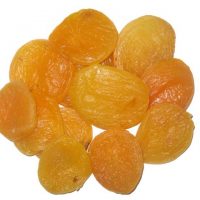
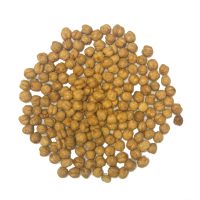
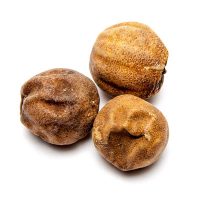
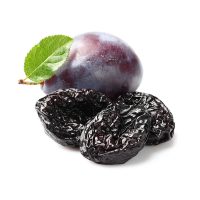
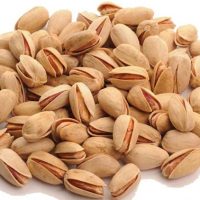
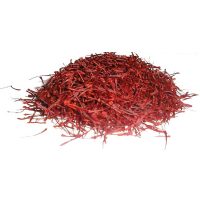
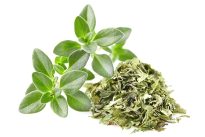
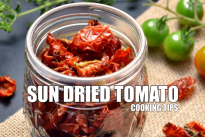
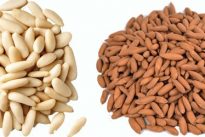

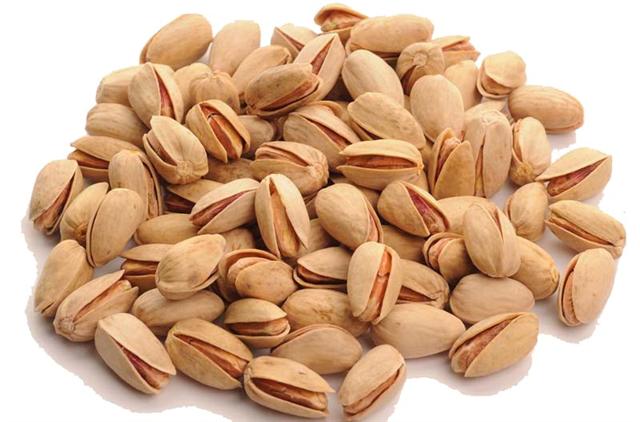
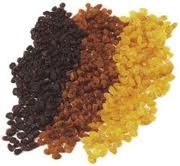 3 kind raisin
3 kind raisin 